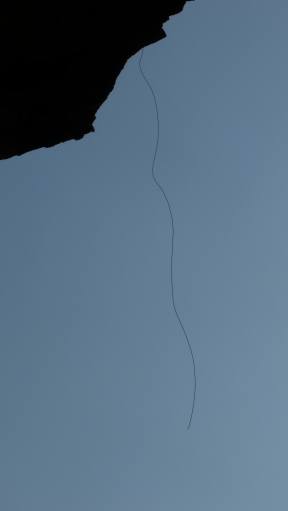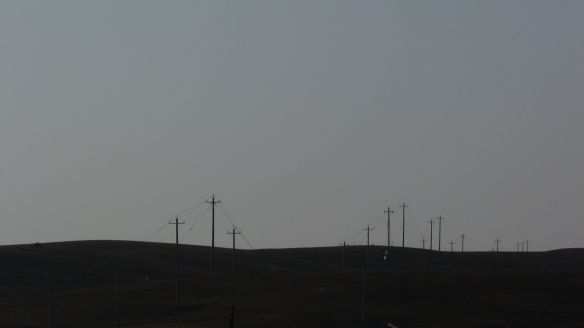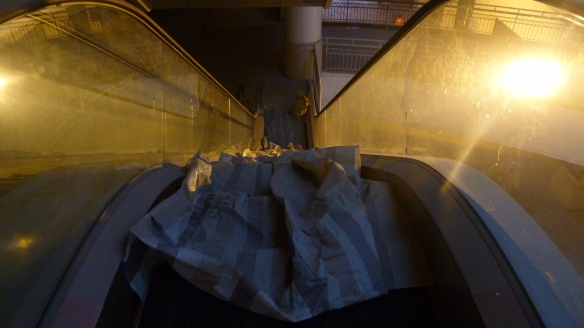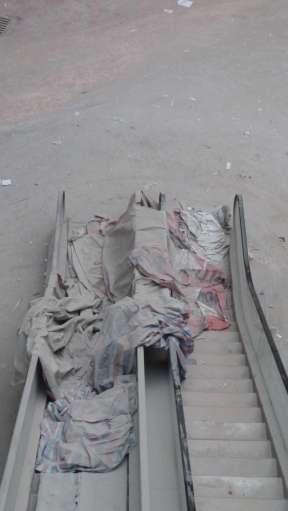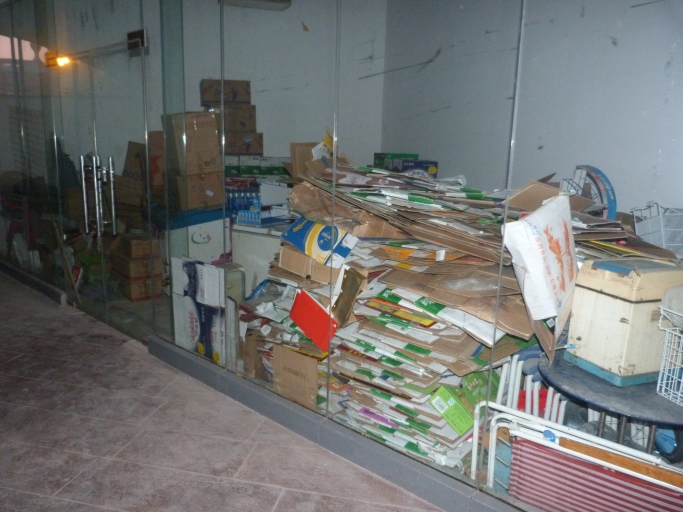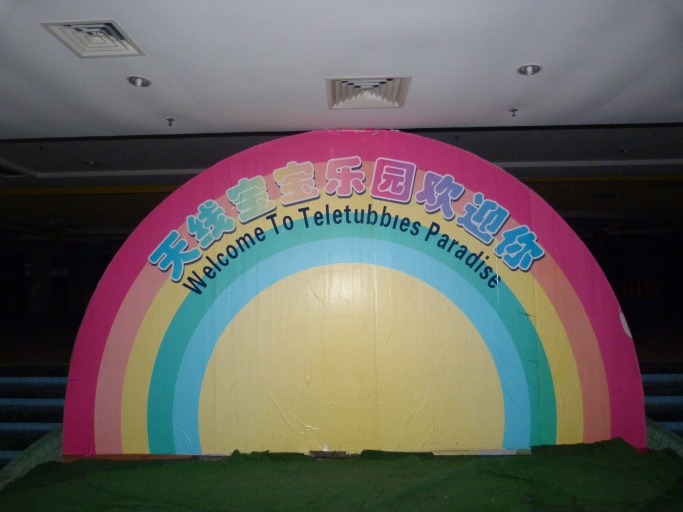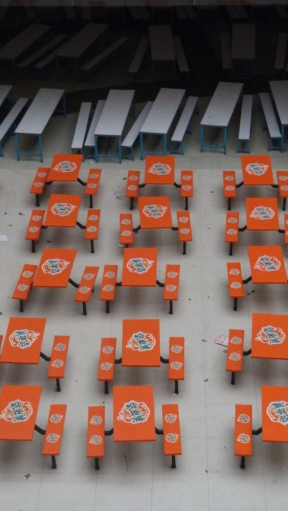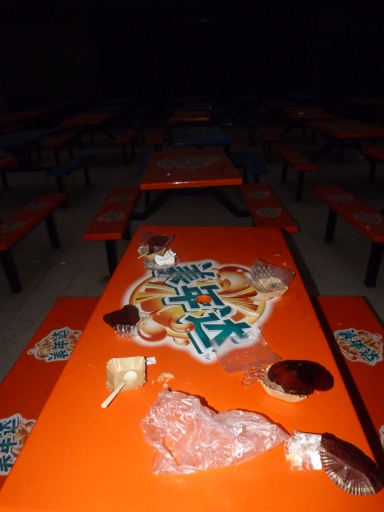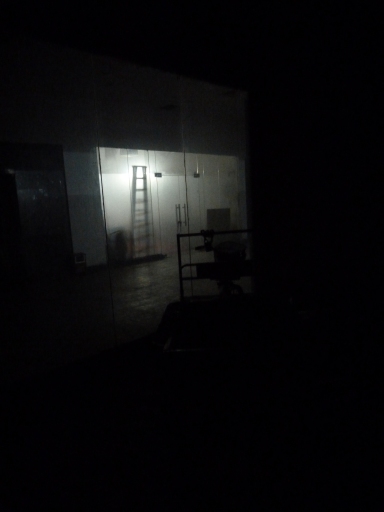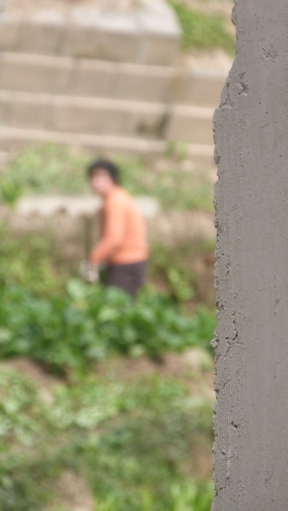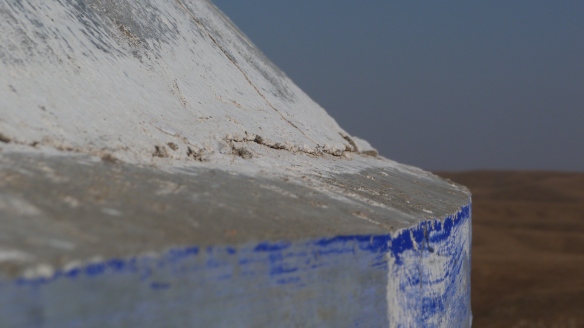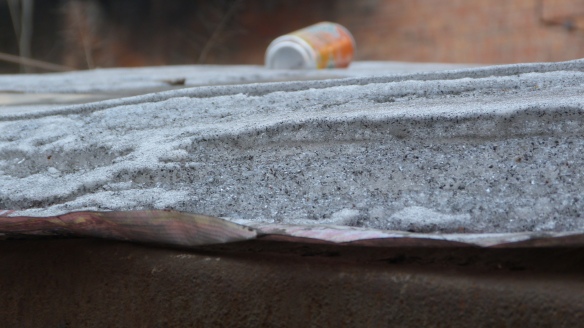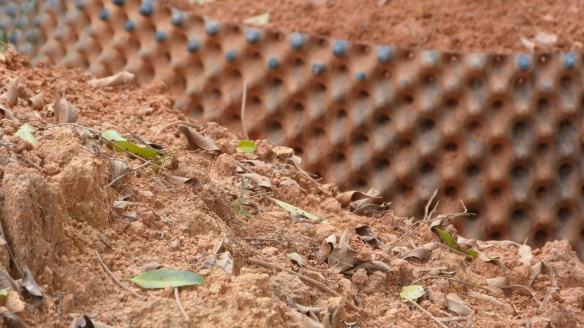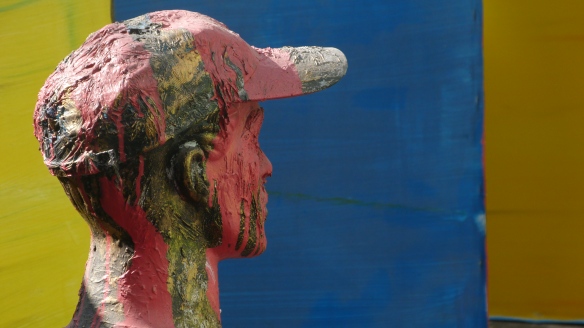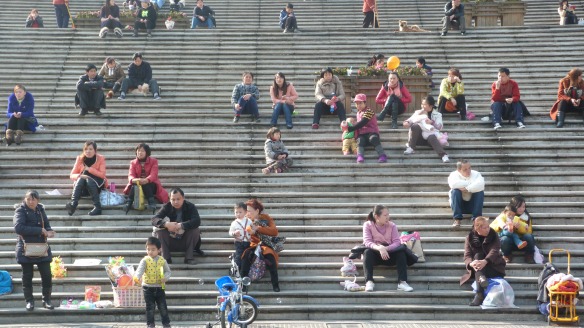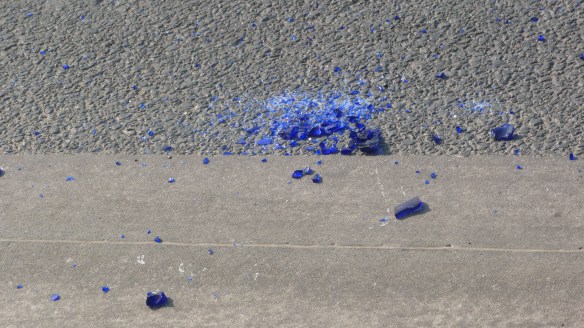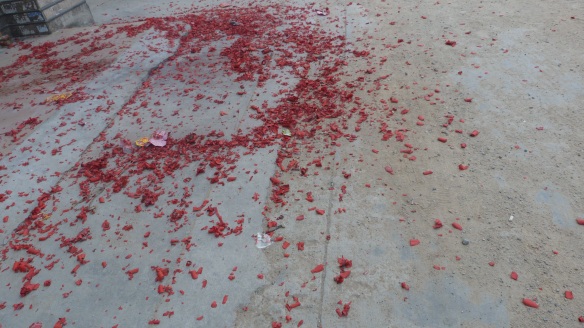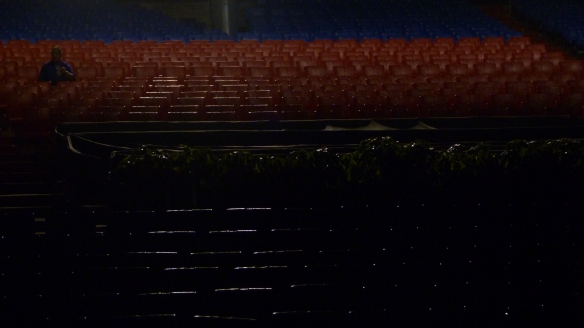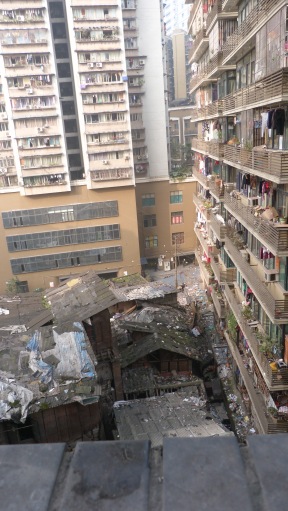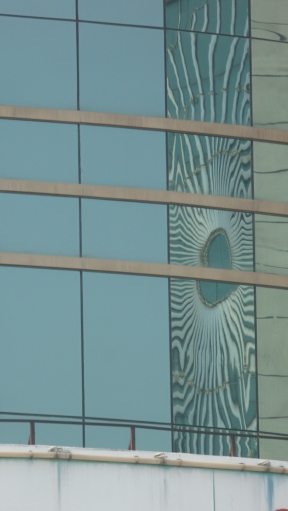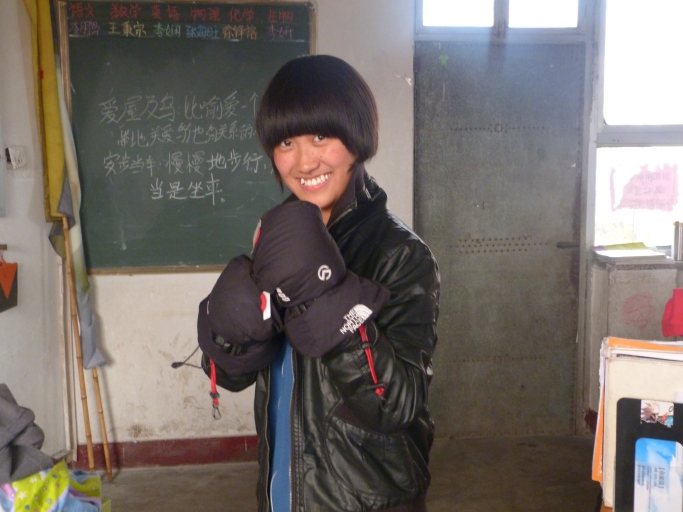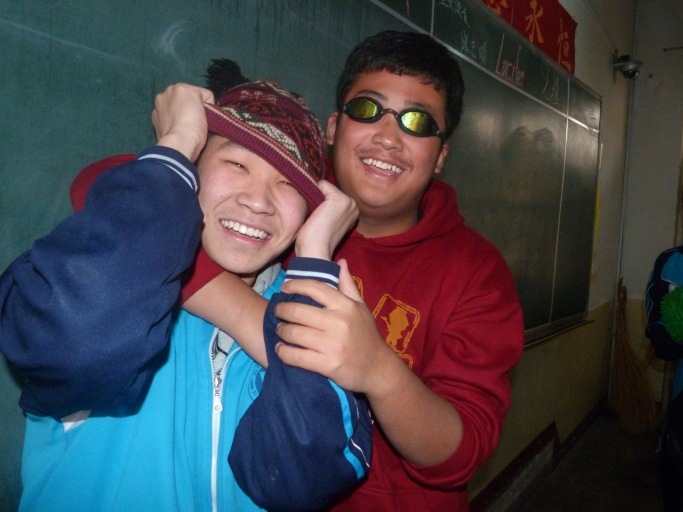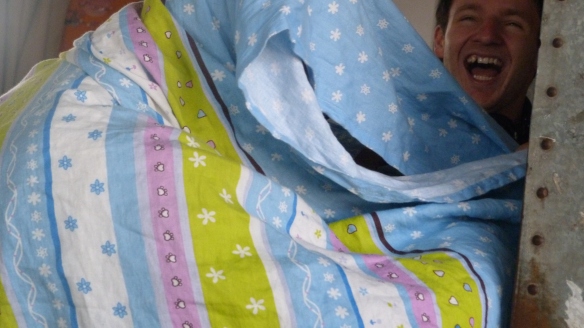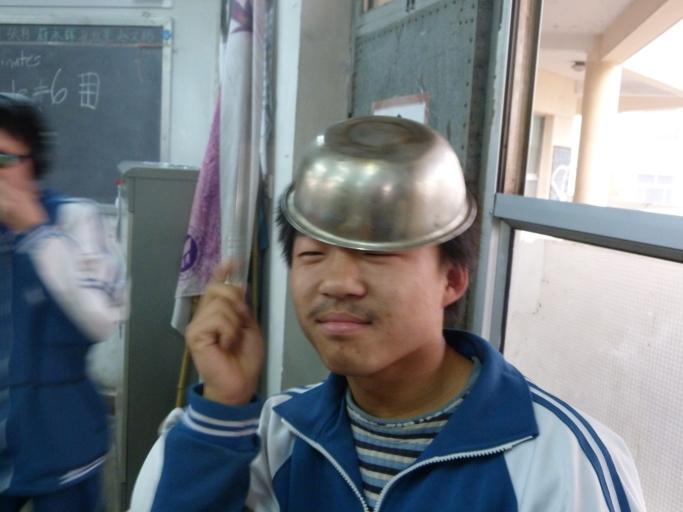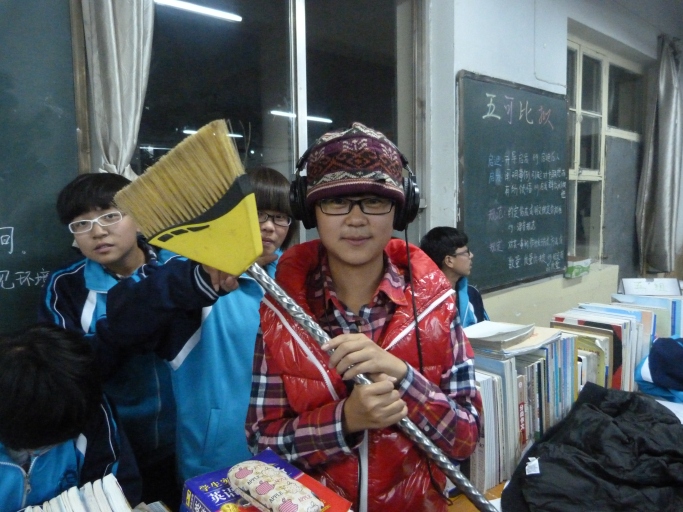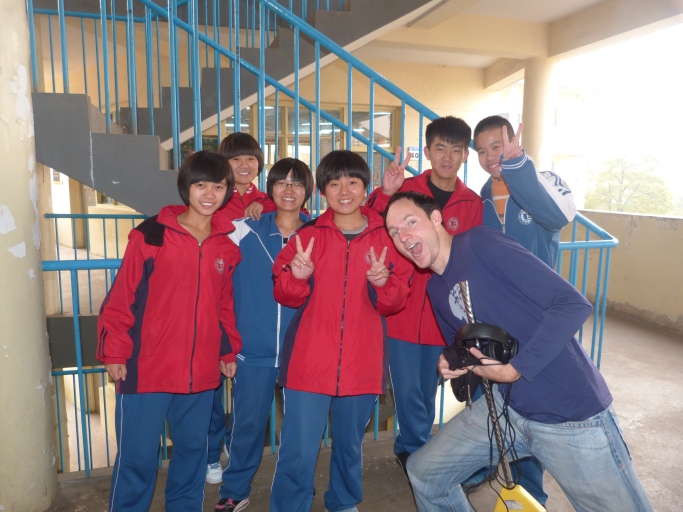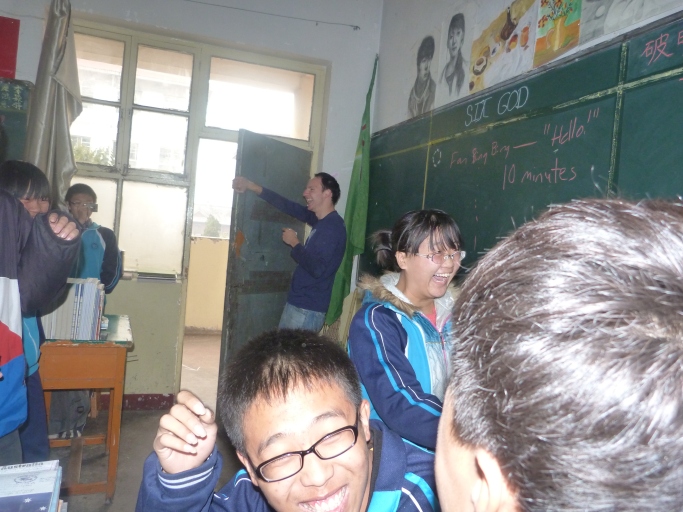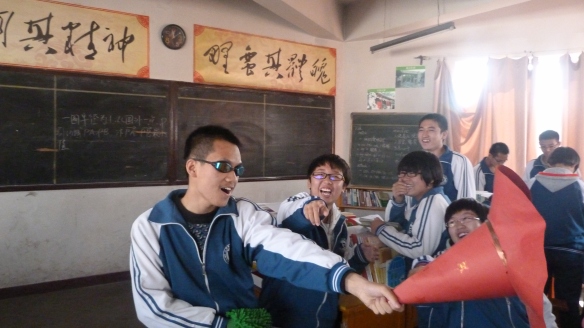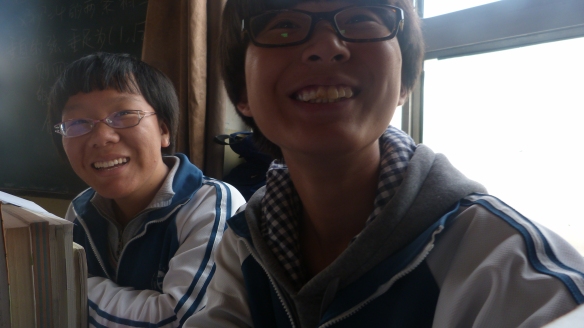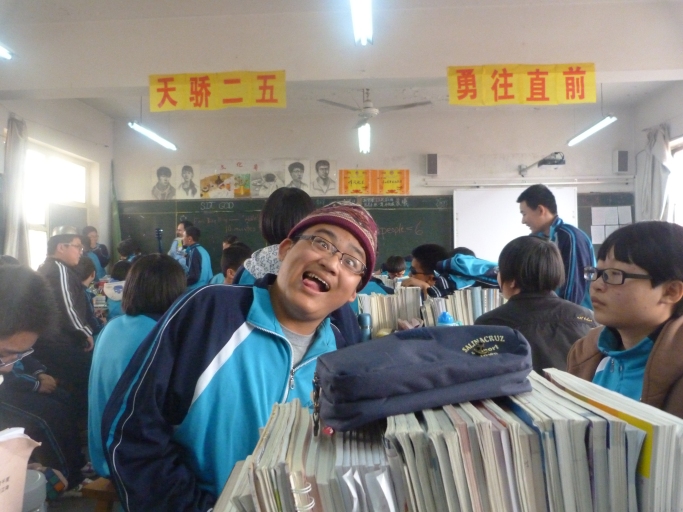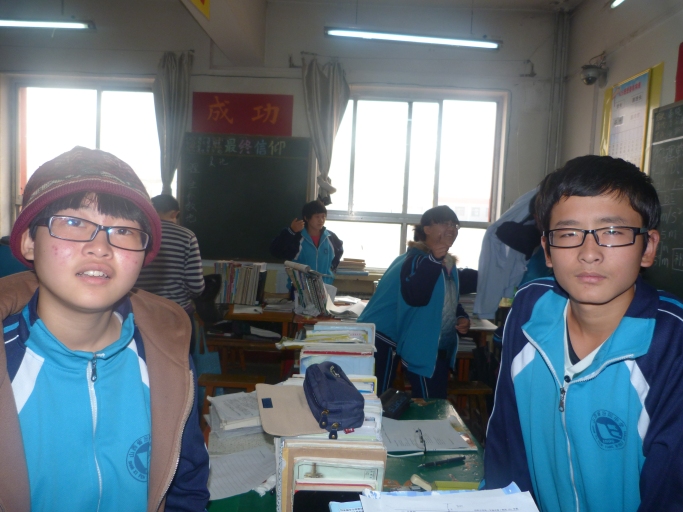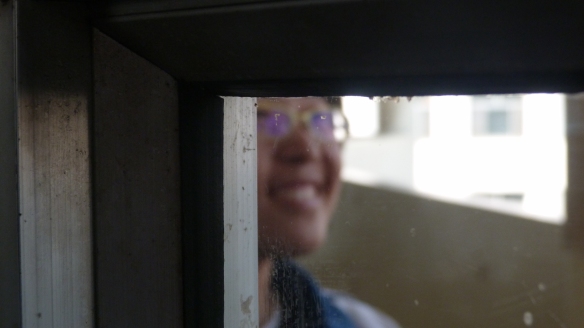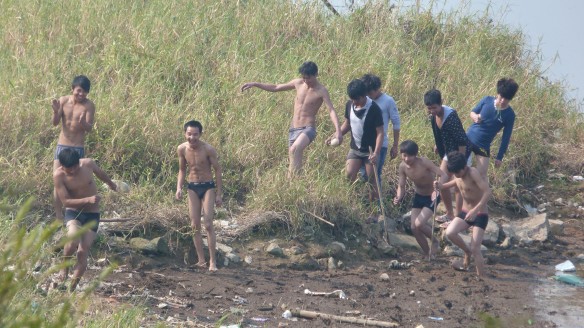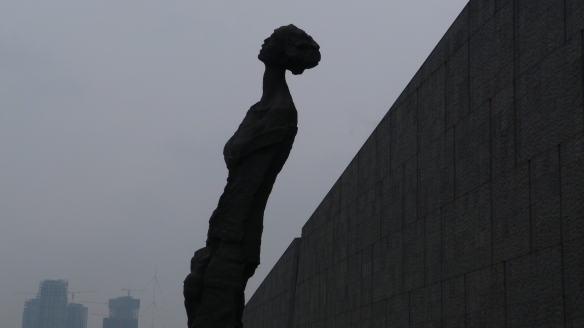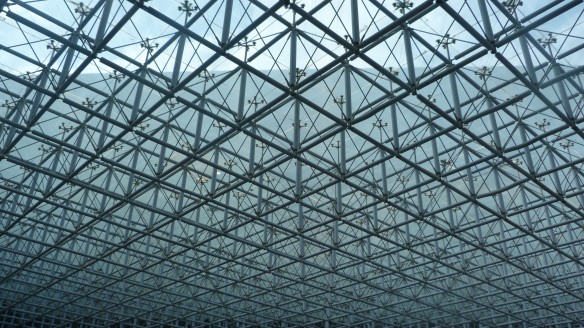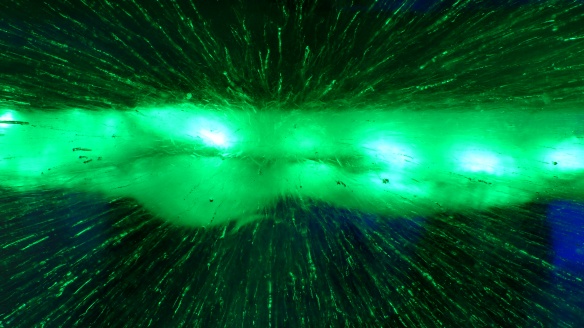Welcome to Photo Series 3: Photography in the Abstract, post #3! Today I’d like to talk about silhouettes in photography. I like silhouettes for the same reason that I like black-and-white photography or the Instagram square – constraints breed creativity. Without the inside of shapes at your disposal, silhouette photography forces alternate solutions to create compelling media. In addition, I like the clean/simple inherent quality of silhouette photographs. They feel like photography for graphic designers. I’ve taken so many of these pictures that I’m going to cut this post into two parts. Today we’ll look at humans and non-building silhouettes. Let’s get to the classifications. Again, the question I ask is:
What ways can you use silhouettes to compose a great picture?
Full Human Dwarfed By Environment

The quality of reflected light here is just stunning. Silhouettes require good lighting. [Taiyuan, China]
People As Human Disruption Objects
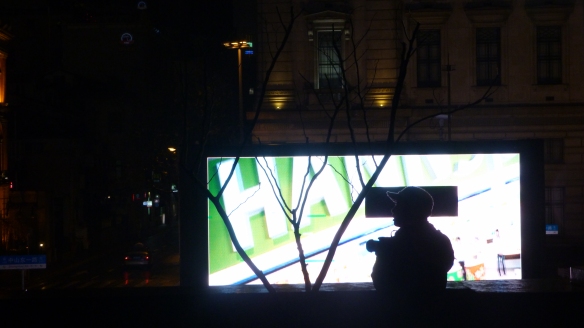
This picture is strange. I love his hat’s outer glow. And how he and the other silhouettes interact visually. [Shanghai, China]
Strange Fruit Hangin’
The next three categories are composed of non-building, non-human silhouettes. This first category is simply silhouettes of strange objects, hanging. I’m not entirely comfortable making the Strange Fruit reference. Hmmm. What a beautiful, sad song. Let me know if this connection is offensive.
Strange Line Hangin’
Multi-Line Interaction
This classification is relatively obvious after the last category. However, there is a big difference in the type of lines portrayed. In the single line category, the line is must be dynamic enough to stimulate interest as a single object. In this multi-line category, the lines are more likely to be straight and/or geometric because a bunch of curvy complexity creates a random picture, not one with intention.
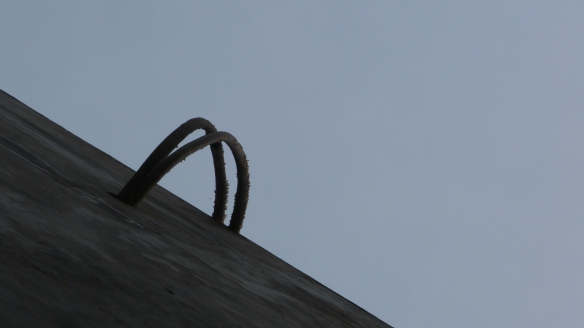
Lines have just enough pattern. I like the pipe texture near the connection to concrete. [Fenyang, China]

Breaking up pattern (fence) with another (wires). Look at where each item exists on the z-axis. It’s surprising. Also, arguably not a silhouette because of the amount of lighting on the fence. [Fenyang, China]
Until Next Time
What are the areas of exploration for human and non-building silhouettes? I don’t have any multiple person silhouettes. The “strange objects hanging” group is ripe for further pushing. Also, I could concentrate more on the interaction between cool sky elements and silhouettes. I don’t touch on that at all here.
Join me next time when we look at Silhouettes Part 2: Buildings and Sky. As always, hope you enjoyed reading my thoughts in picture form! Drop questions/comments to me somewhere on the internet!








